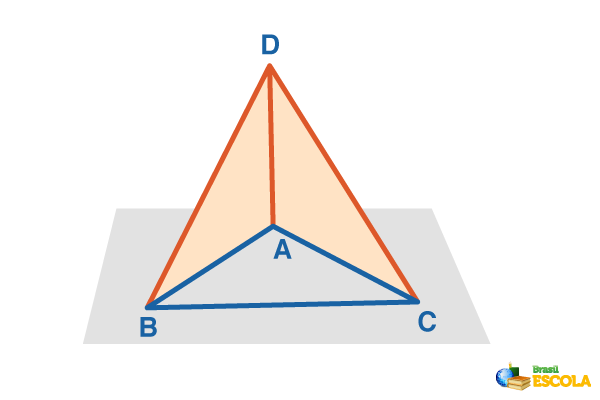Do you know what glycolysis is?
Glycolysis is the set of reactions that transform glucose into pyruvate. In this process, there is an energy gain of two ATP molecules in the formation of two pyruvate molecules from a glucose molecule.
This set of reactions occurs in almost all living organisms, in the cellular cytoplasm of eukaryotes.
Remember what ATP is?
ATP, adenosine triphosphate, is a molecule that stores energy mainly from food. It captures the energy released in reactions that release energy, stores it in molecular bonds and transfers this to processes that need energy.
For energy generation, larger food molecules are reduced to smaller units: amino acids, glycerol and fatty acids. In a second step, glycolysis takes place. After this long process, there is the third and final stage, known as the "Krebs Cycle" or "Citric Acid Cycle" and oxidative phosphorylation, where more than 90% of ATP is produced.
This last process occurs only in aerobic organisms and consists of the complete oxidation of pyruvates from glycolysis, generating ATP, CO2 and H2O.
In anaerobiosis (absence of oxygen), after glycolysis, the transformation of pyruvate into ethanol or lactate occurs, a process called fermentation.
If we remember, for example, yeasts, it is easy to understand why they play a key role in the manufacture of bread and beverages! Even in 1860, Pasteur discovered that microorganisms were responsible for fermentation, starting studies related to these energy production processes.
By Mariana Araguaia
Graduated in Biology
Brazil School Team
Biochemistry - Biology - Brazil School
Source: Brazil School - https://brasilescola.uol.com.br/biologia/processo-producao-energia-partir-oxidacao-dos-alimentos.htm

